Health & Science
Reviving a hardy ice age flower; Boozing fruit flies; Not so fast, neutrinos; Are test-tube burgers next?
Reviving a hardy ice age flower
An extinct prehistoric flower has been resurrected from seeds buried by squirrels in Siberian permafrost 32,000 years ago, raising the tantalizing prospect that scientists can summon other ancient species back to life. During the last ice age, Arctic ground squirrels cached hundreds of thousands of seeds and fruits in deep burrows lined with fur and grass. The permafrost kept the plant matter frozen at roughly 19 degrees, creating “a natural cryobank,” Russian Academy of Sciences researcher Stanislav Gubin tells the Associated Press. Simply planting the ancient seeds yielded no success. But when Gubin and his colleagues put placental cells extracted from the seeds into a nutrient bath, they grew into plants that flowered and produced fruit and fertile seeds of their own. The small flowers, called narrow-leafed campions, look much like their modern counterparts, except that they have narrower white petals. By studying DNA from the oldest plant tissue ever revived, scientists could learn how to protect aging human cells from decay. The study is also “basically the first indication,” says paleontologist Grant Zazula, that it’s possible “to bring back ancient or extinct life” preserved in the permafrost. “This path,” says Gubin, “could lead us all the way to the mammoth.”
Boozing fruit flies
The Week
Escape your echo chamber. Get the facts behind the news, plus analysis from multiple perspectives.

Sign up for The Week's Free Newsletters
From our morning news briefing to a weekly Good News Newsletter, get the best of The Week delivered directly to your inbox.
From our morning news briefing to a weekly Good News Newsletter, get the best of The Week delivered directly to your inbox.
When they find themselves infected with a deadly parasite, fruit flies self-medicate with alcohol, new research shows. Since the flies feed on fermenting fruit, they and their larvae have evolved a high tolerance for booze. But even modest alcohol levels are toxic to a type of wasp that injects its eggs into fly larvae, where they hatch and eat the larvae from the inside out. When researchers put wasp-infected flies and healthy flies in petri dishes with both alcohol-rich and nonalcoholic food, only 30 percent of the healthy flies chose the alcoholic meal; 80 percent of infected flies did. The difference suggests that the insects “know the wasps are infecting them” and “self-medicate by getting schnockered,” Emory University biologist Todd Schlenke tells The New York Times. Previous studies have shown that many species, from chimps to caterpillars, eat specific plants to rid themselves of parasites, but fruit flies are the first found to use alcohol for that purpose. Experts say it’s possible that humans began to drink alcohol out of some instinctual attempt to kill parasites.
Not so fast, neutrinos
Albert Einstein can apparently rest in peace again. Last year physicists in Italy announced that they had measured subatomic particles called neutrinos moving slightly faster than the speed of light, a feat deemed impossible by Einstein’s special theory of relativity. But last week the same team said that the sensational result could have been influenced by two faults in the equipment they used in their much-discussed experiment. The first flaw, a loose optical fiber connection on a timing device, might have caused the team to overestimate the speed at which a burst of neutrinos traveled 450 miles underground from the CERN research center near Geneva to their laboratory in Gran Sasso. But the second fault the physicists found in the timing system might have led them to underestimate the neutrinos’ speed. “At this point it is not clear how their newly discovered effects will influence the final result,” physicist Alfons Weber of Rutherford Appleton Laboratory in Oxford, England, told Reuters.com. Most scientists continue to bet on Einstein’s principle that nothing in the universe outpaces light, but more experiments are scheduled for May. “This is how science should be done,” said CERN director general Rolf Heuer.
Are test-tube burgers next?
A free daily email with the biggest news stories of the day – and the best features from TheWeek.com
Using stem cells from an adult cow, a Dutch physiologist has grown a sliver of edible artificial “meat,’’ an advance he says could offer a better way than traditional animal farming to satisfy the world’s booming taste for meat. Researchers estimate that within the next 50 years, meat production will have to double worldwide to meet the demands of a growing population, at the cost of forests and croplands. Engineering meat from stem cells, Mark Post of Maastricht University tells MSNBC.com, would require far less land and energy than raising animals for slaughter requires. But his process—growing thin tissues from stem cells in lab containers—is still very expensive: The first stem-cell patty, promised for later this year, will contain some 3,000 engineered morsels and cost about $330,000. Wouldn’t it be cheaper and more eco-friendly for people to embrace vegetarianism? “That would be preferable,” Post says, but he doubts there’s “a vegetable-derived product that can take away the human being’s craving for meat.”
-
 Zimbabwe’s driving crisis
Zimbabwe’s driving crisisUnder the Radar Southern African nation is experiencing a ‘public health disaster’ with one of the highest road fatality rates in the world
-
 The Mint’s 250th anniversary coins face a whitewashing controversy
The Mint’s 250th anniversary coins face a whitewashing controversyThe Explainer The designs omitted several notable moments for civil rights and women’s rights
-
 ‘If regulators nix the rail merger, supply chain inefficiency will persist’
‘If regulators nix the rail merger, supply chain inefficiency will persist’Instant Opinion Opinion, comment and editorials of the day
-
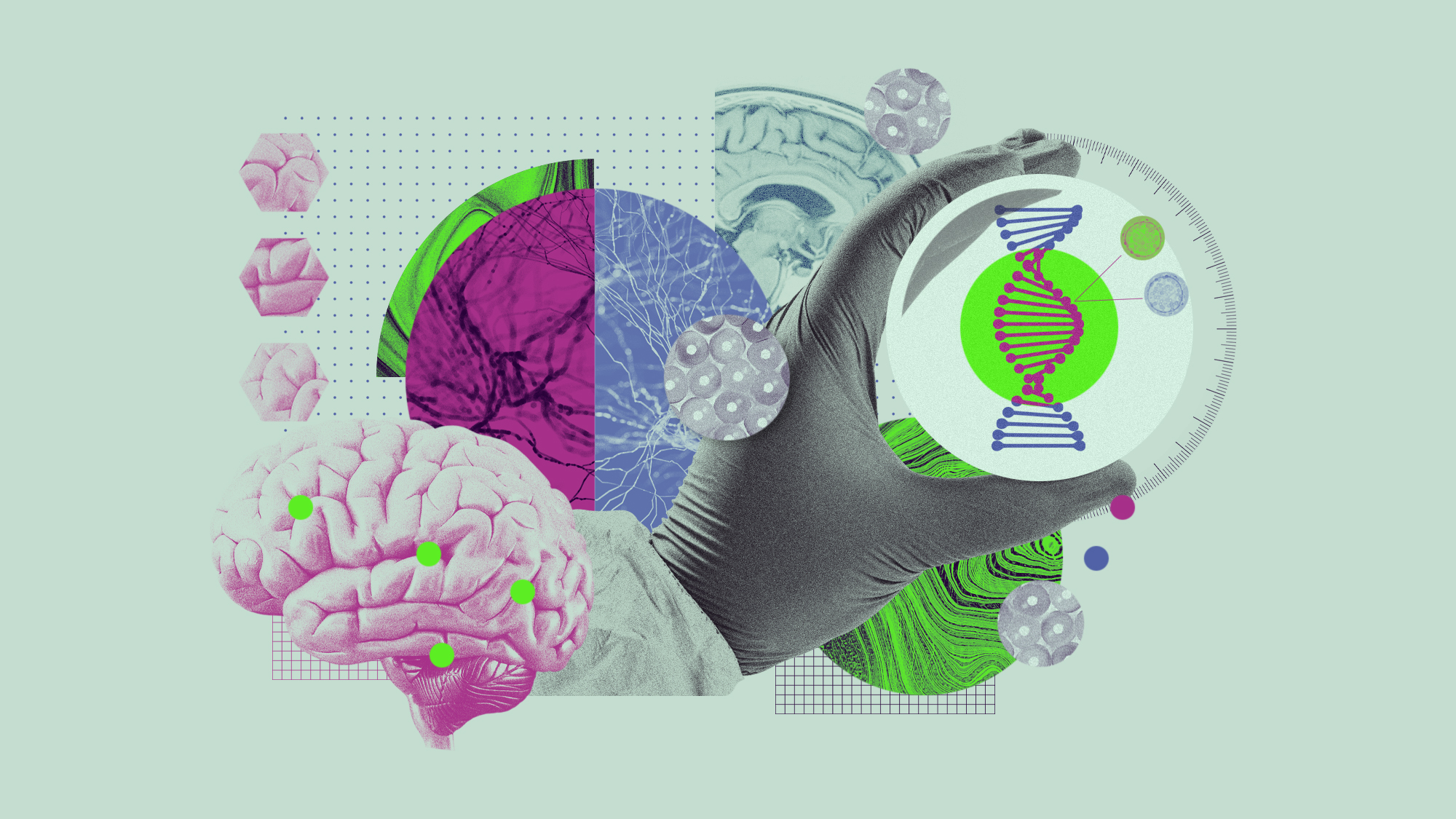 5 recent breakthroughs in biology
5 recent breakthroughs in biologyIn depth From ancient bacteria, to modern cures, to future research
-
 Bacteria can turn plastic waste into a painkiller
Bacteria can turn plastic waste into a painkillerUnder the radar The process could be a solution to plastic pollution
-
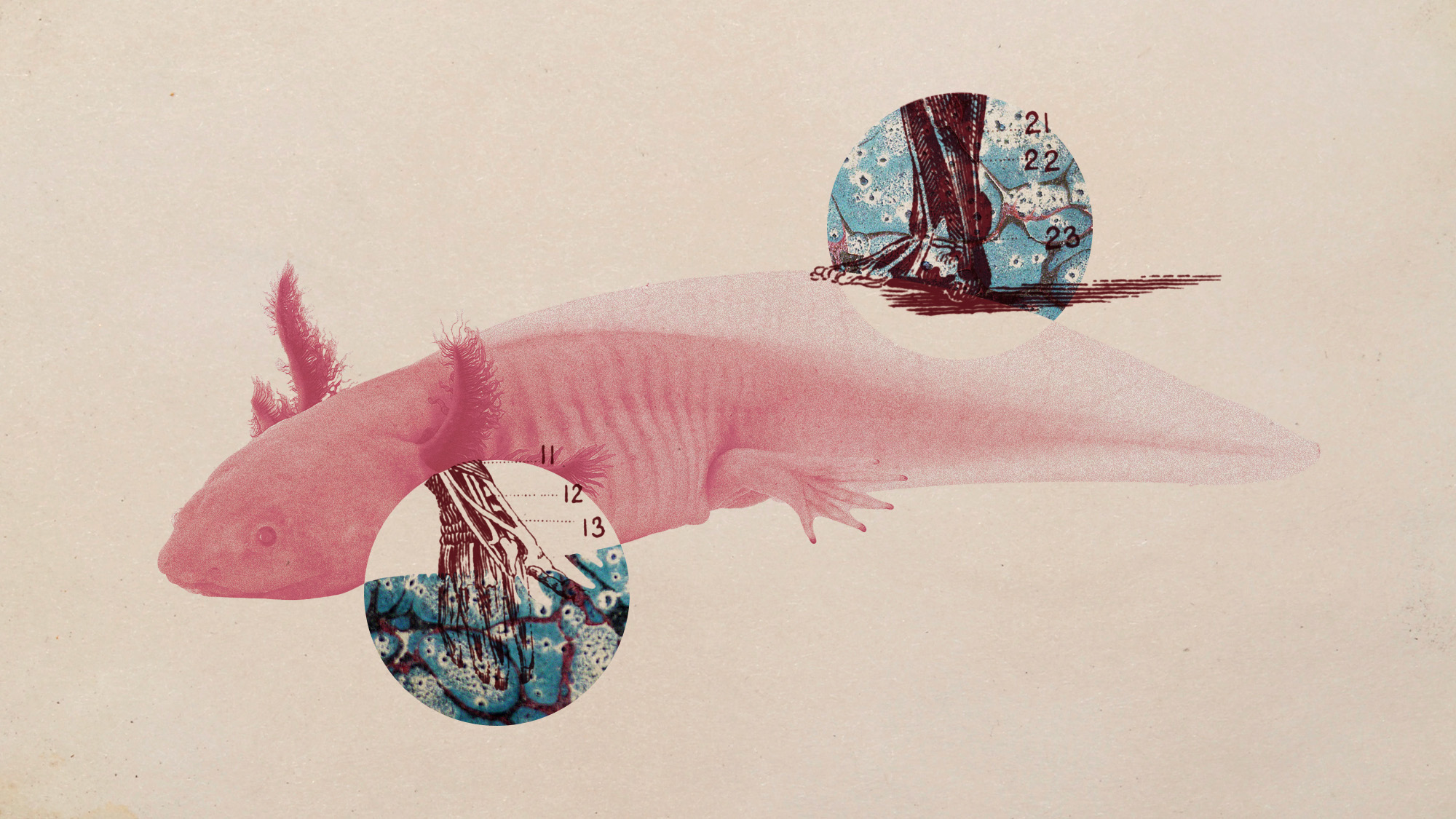 Scientists want to regrow human limbs. Salamanders could lead the way.
Scientists want to regrow human limbs. Salamanders could lead the way.Under the radar Humans may already have the genetic mechanism necessary
-
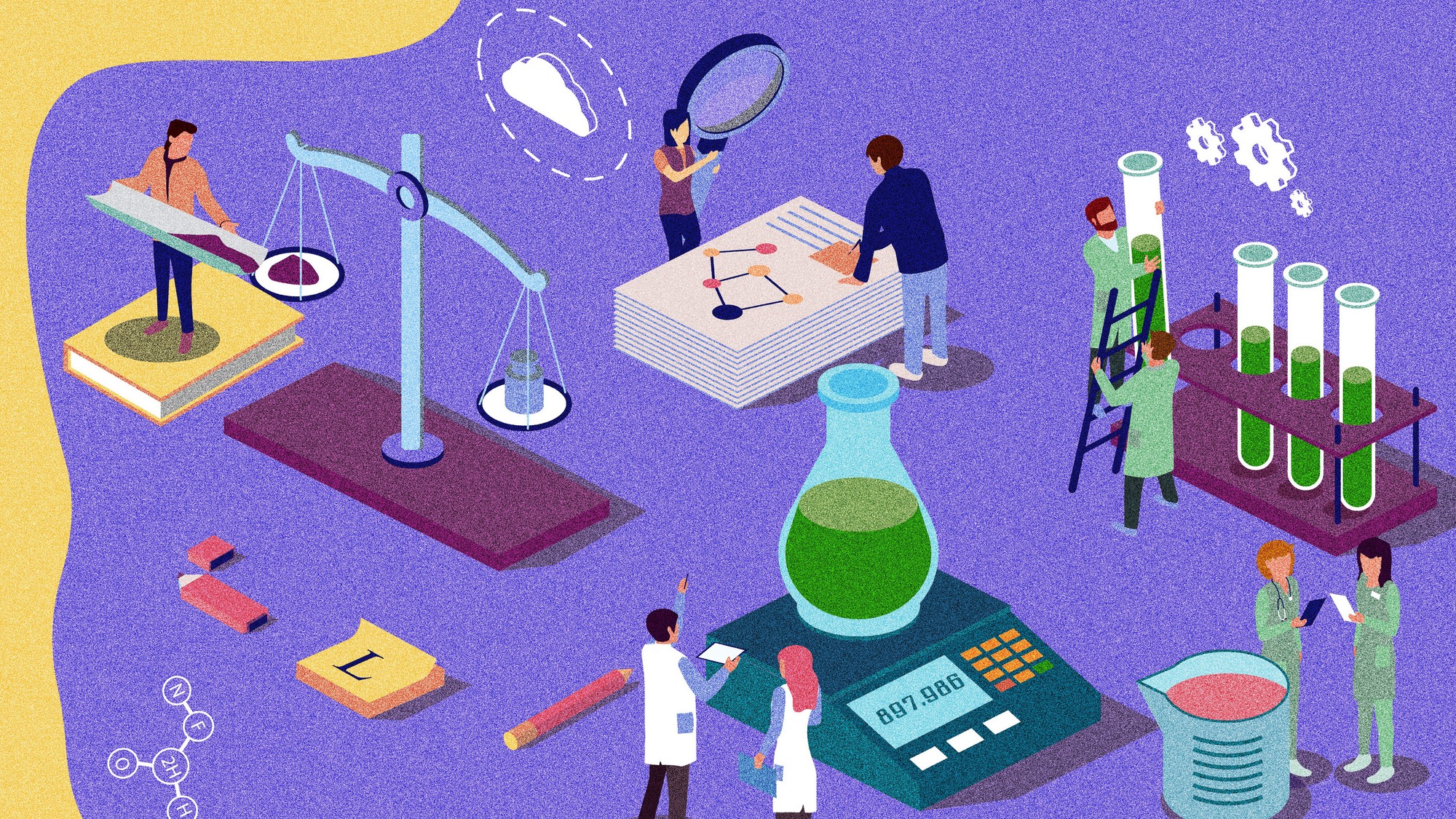 Is the world losing scientific innovation?
Is the world losing scientific innovation?Today's big question New research seems to be less exciting
-
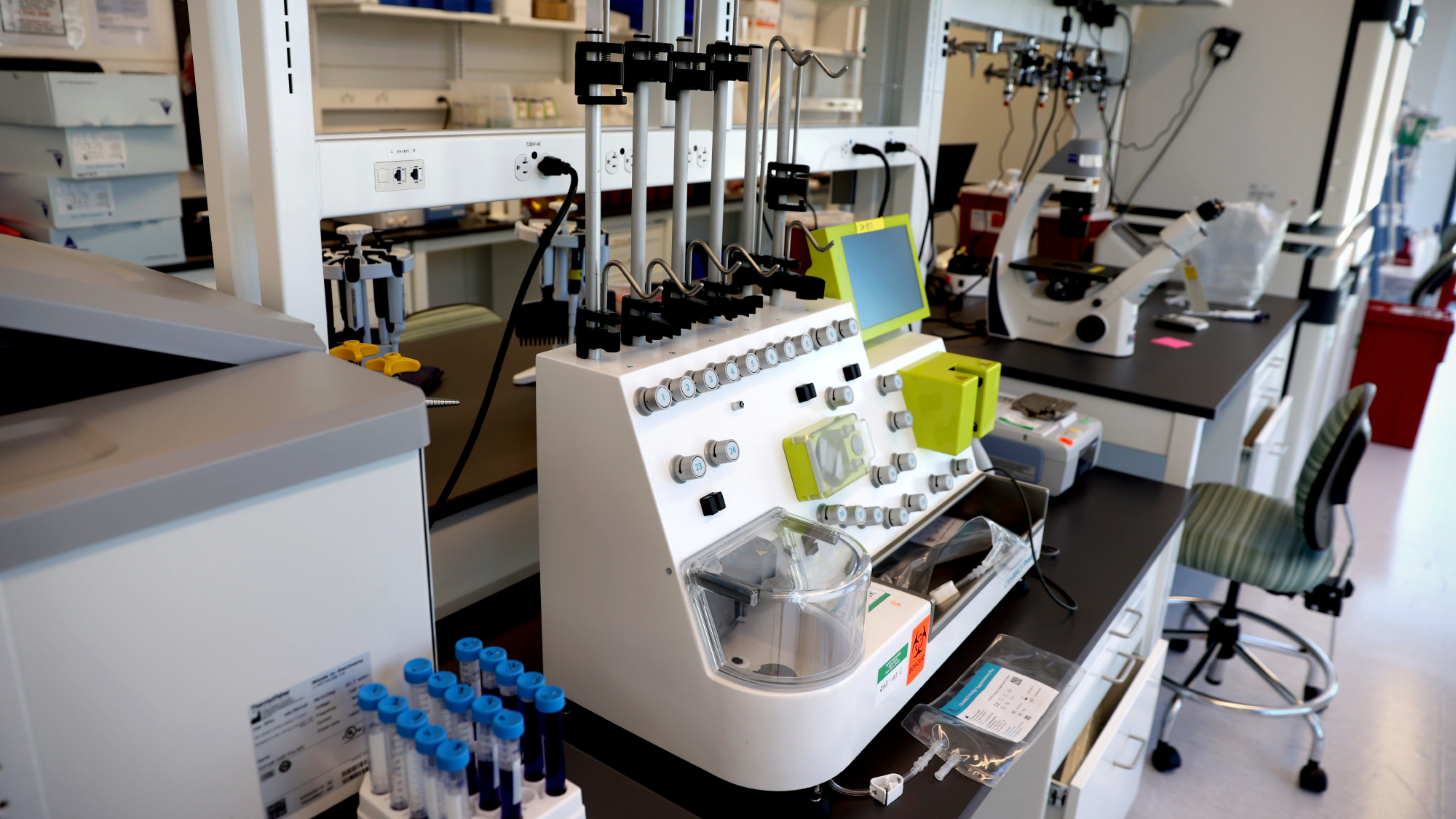 Breakthrough gene-editing treatment saves baby
Breakthrough gene-editing treatment saves babyspeed read KJ Muldoon was healed from a rare genetic condition
-
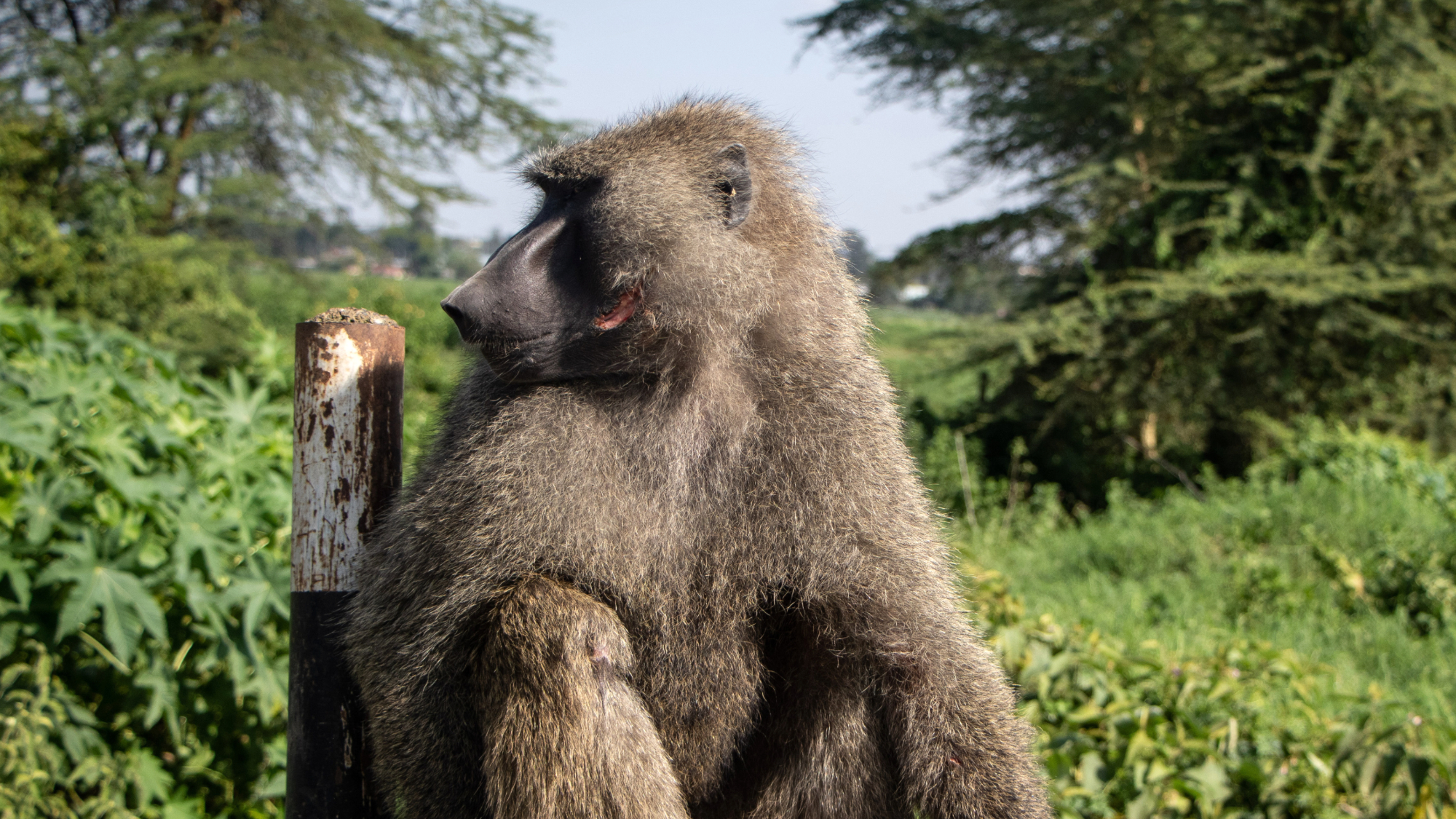 Humans heal much slower than other mammals
Humans heal much slower than other mammalsSpeed Read Slower healing may have been an evolutionary trade-off when we shed fur for sweat glands
-
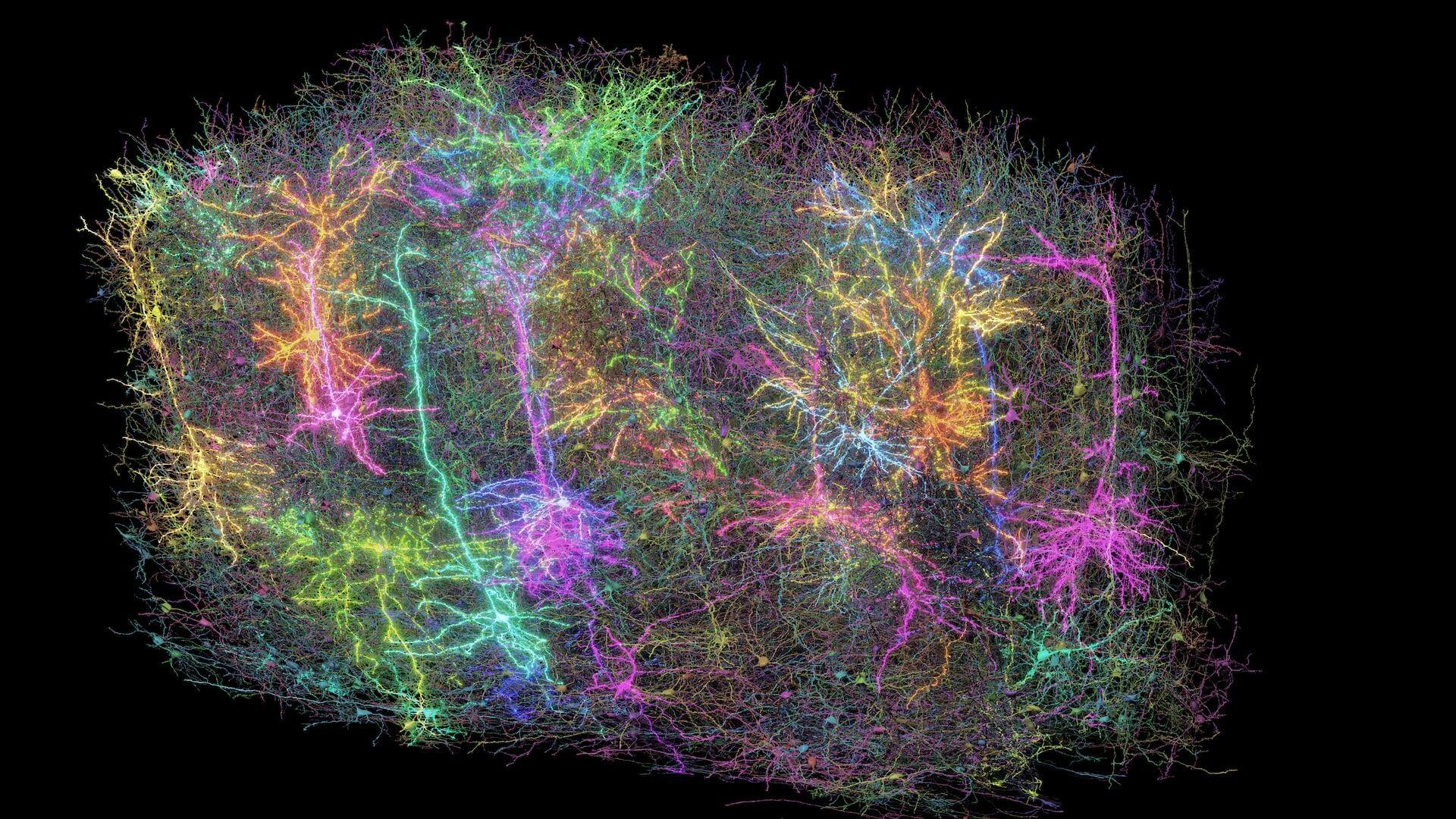 Scientists map miles of wiring in mouse brain
Scientists map miles of wiring in mouse brainSpeed Read Researchers have created the 'largest and most detailed wiring diagram of a mammalian brain to date,' said Nature
-
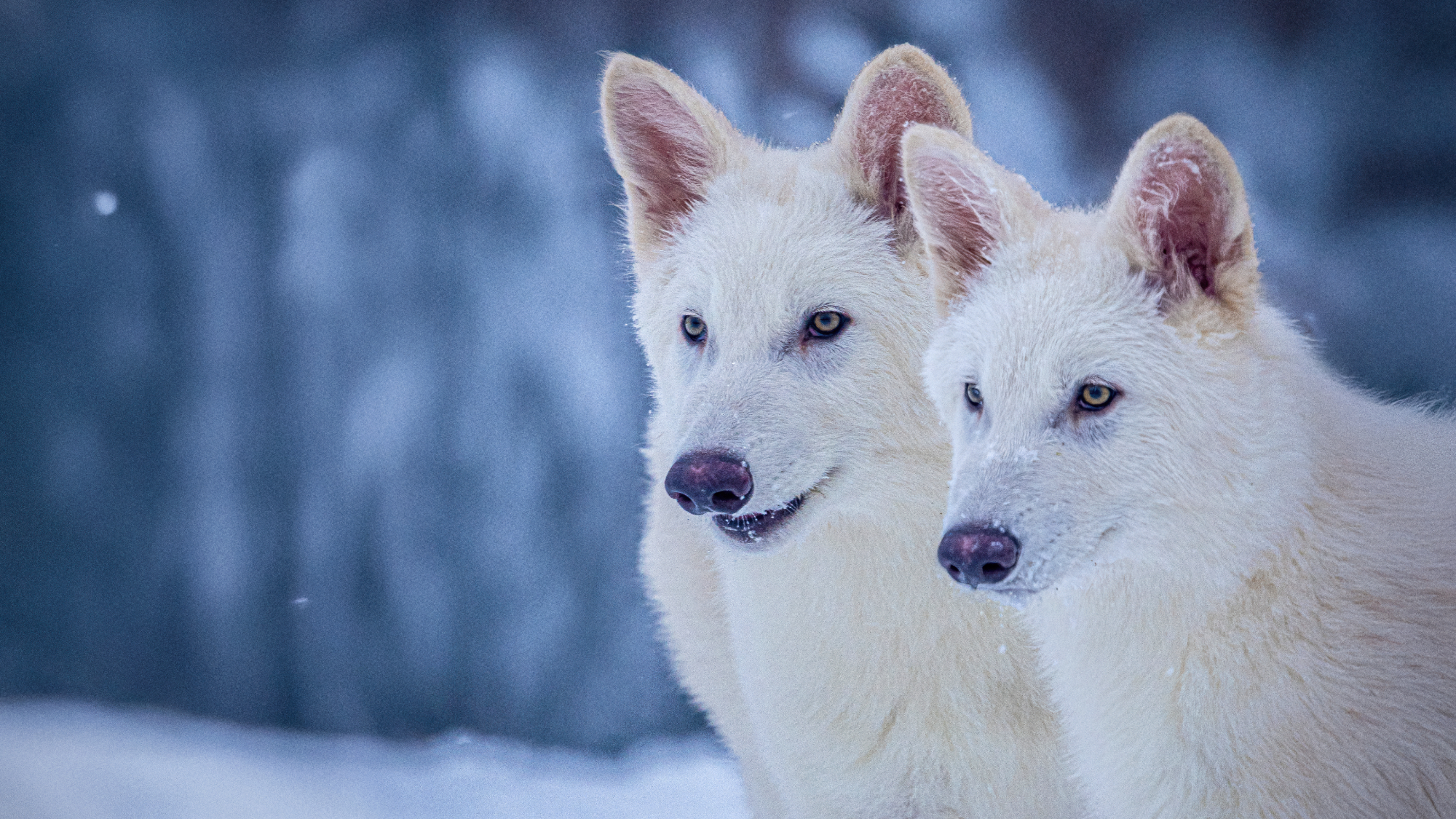 Scientists genetically revive extinct 'dire wolves'
Scientists genetically revive extinct 'dire wolves'Speed Read A 'de-extinction' company has revived the species made popular by HBO's 'Game of Thrones'